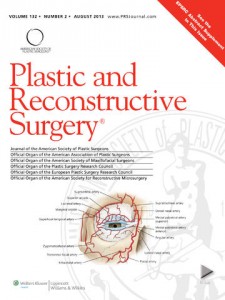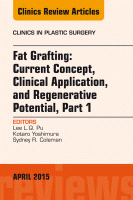Larson, J; Altman, A; Bentz, Michael L; Larson, D.
Plastic & Reconstructive Surgery – January 2014 – Volume 133 – Issue 1 – p 39e–48e
 As close as the buttocks and the perineum are anatomically, the clinical settings and the solutions to wound problems in these areas are quite different. The ubiquitous “pressure ulcer” presents more commonly as a clinical management problem than a reconstruction issue. On the other hand, the perineal defect is almost always a reconstruction challenge following tumor ablation. For these reasons, the authors have chosen to separate this Continuing Medical Education offering into two parts. The first part addresses the pressure ulcer, while the latter discusses the perineum.
As close as the buttocks and the perineum are anatomically, the clinical settings and the solutions to wound problems in these areas are quite different. The ubiquitous “pressure ulcer” presents more commonly as a clinical management problem than a reconstruction issue. On the other hand, the perineal defect is almost always a reconstruction challenge following tumor ablation. For these reasons, the authors have chosen to separate this Continuing Medical Education offering into two parts. The first part addresses the pressure ulcer, while the latter discusses the perineum.
 The author started injecting large quantities of fat in the breasts, thighs, and buttocks in 1985. The Brazilian Buttock technique was first presented in 1987; since then, the author has been writing and lecturing about it worldwide. In the past few years, the technique became very popular; it has changed the ideal of beauty in many countries. Recently, the author started using adipose-derived stem cell–based therapies for buttock augmentation to improve the results of fat graft survival.
The author started injecting large quantities of fat in the breasts, thighs, and buttocks in 1985. The Brazilian Buttock technique was first presented in 1987; since then, the author has been writing and lecturing about it worldwide. In the past few years, the technique became very popular; it has changed the ideal of beauty in many countries. Recently, the author started using adipose-derived stem cell–based therapies for buttock augmentation to improve the results of fat graft survival.





 Sitio web publicado el
Sitio web publicado el
Los lectores comentan